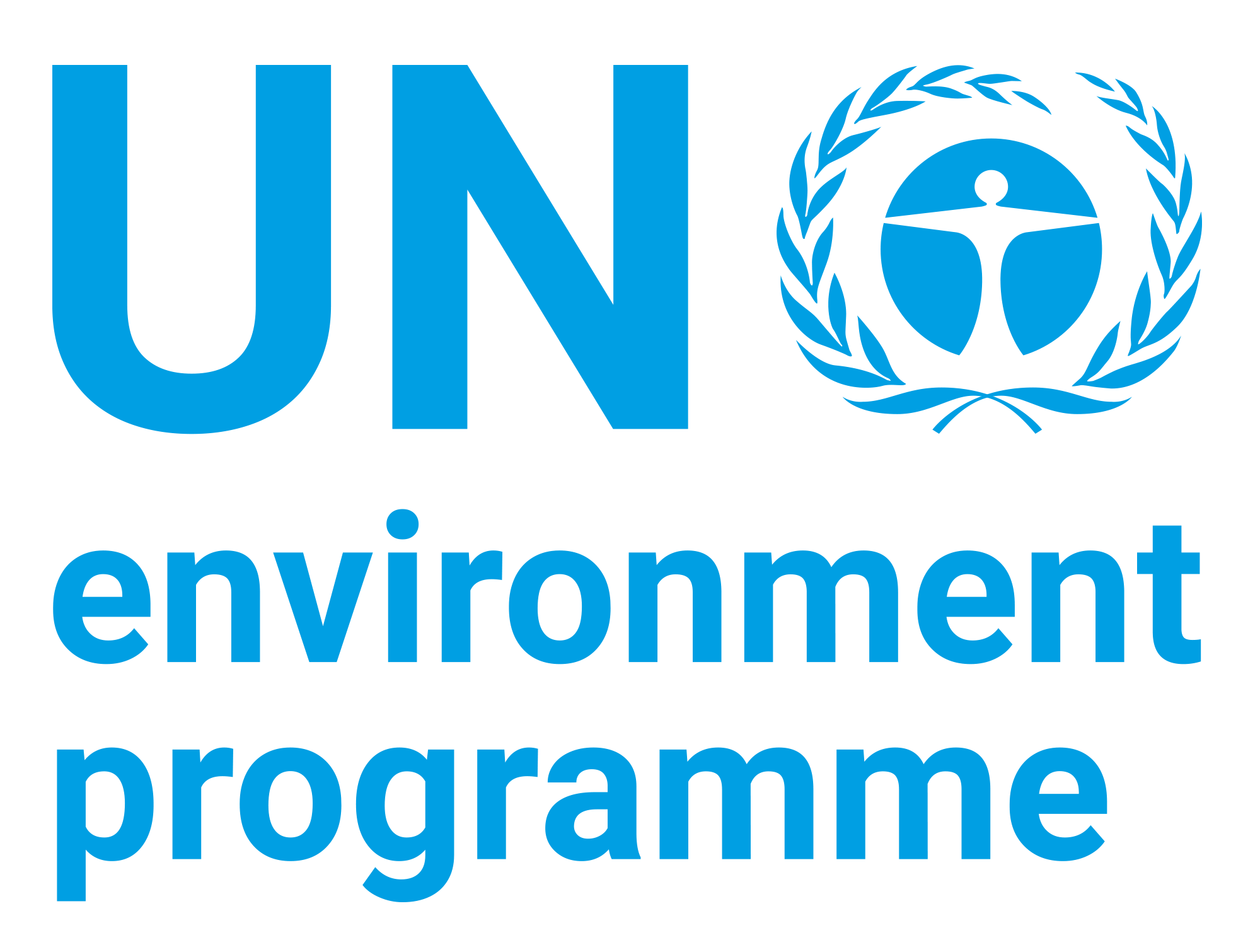Thallium and Thallium Compounds Health and Safety Guide 102
| dc.contributor | Economy Division | en_US |
| dc.contributor.author | United Nations Environment Programme | en_US |
| dc.contributor.author | World Health Organization | en_US |
| dc.contributor.author | International Labour Organisation | en_US |
| dc.date.accessioned | 2019-08-23T11:13:24Z | |
| dc.date.available | 2019-08-23T11:13:24Z | |
| dc.date.issued | 1996 | |
| dc.identifier.isbn | 92 4 151102 8 | en_US |
| dc.identifier.uri | https://wedocs.unep.org/20.500.11822/29647 | |
| dc.description | Thallium is a soft and malleable heavy metal with a bluish-white colour. Its relative molecular mass is 204.38. Its most important compound is the colourless, odourless and tasteless thallium(l) sulfate, previously used on a large scale as a rodenticide. Monovalent (thallous) compounds behave like, and may be as reactive as, alkali metals, e.g., potassium, whereas the trivalent (thallic) compounds are less basic, resembling aluminium. | en_US |
| dc.format | Text | en_US |
| dc.language | English | en_US |
| dc.rights | Public | en_US |
| dc.subject | health | en_US |
| dc.subject | toxic substance | en_US |
| dc.subject | health hazard | en_US |
| dc.subject | waste disposal | en_US |
| dc.title | Thallium and Thallium Compounds Health and Safety Guide 102 | en_US |


